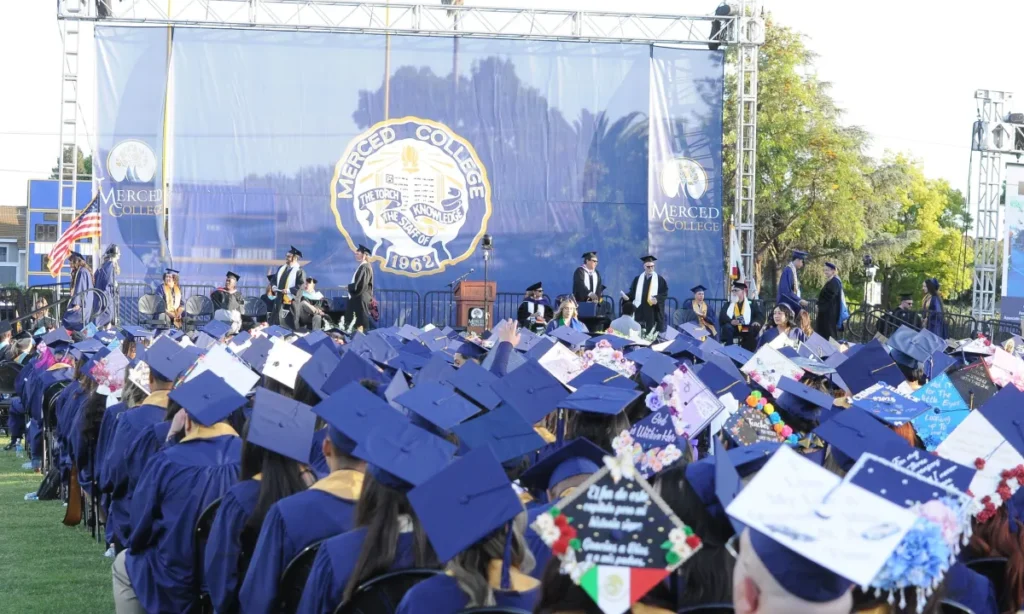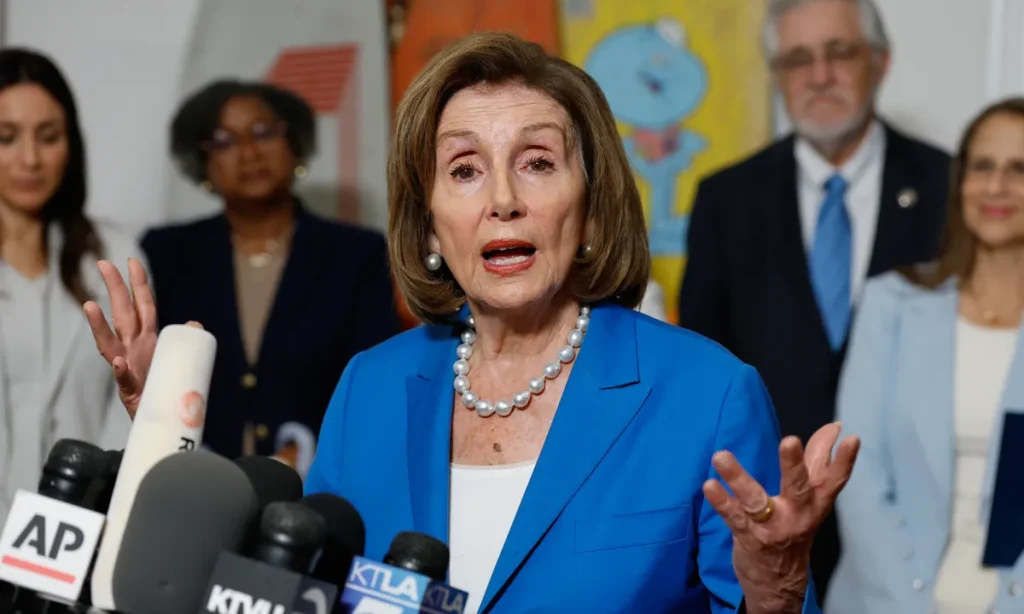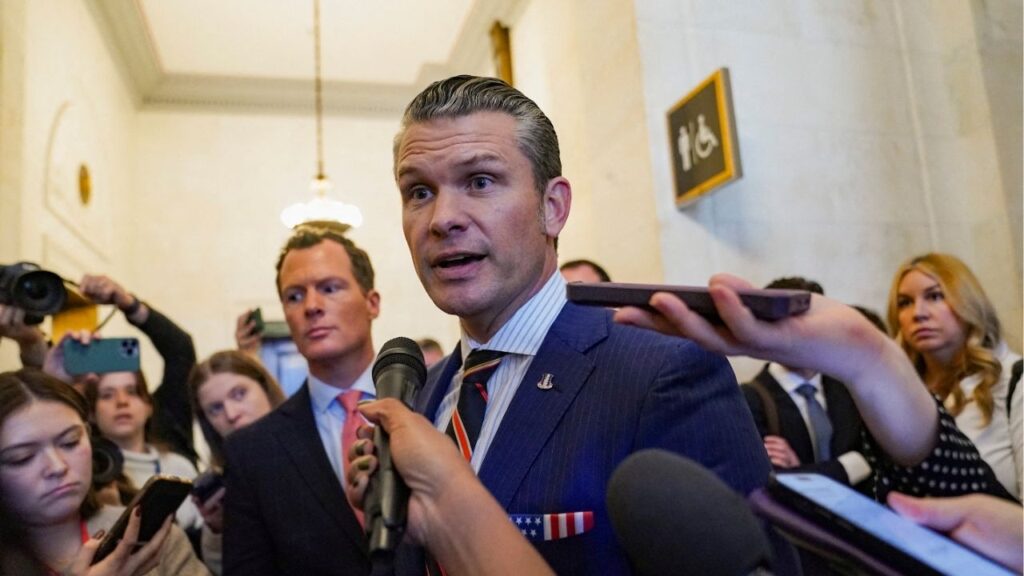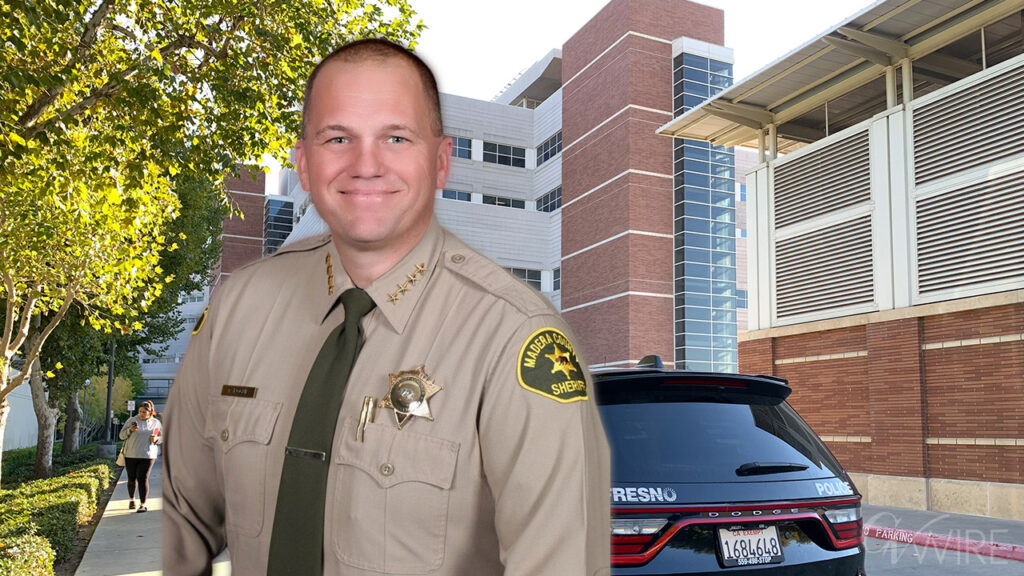Under Donald Trump, the National Science Foundation, which funds much of the fundamental scientific research at American universities, is awarding new grants at the slowest pace in at least 35 years. (The New York Times Graphics)

- National Science Foundation awards new grants at slowest pace in 35 years under Trump cuts.
- Funding decreases affect all science areas, not just diversity programs administration targets.
- Economists warn cuts could damage U.S. economy equivalent to a major recession long-term.
Share
The National Science Foundation, which funds much of the fundamental scientific research at American universities, is awarding new grants at the slowest pace in at least 35 years.
The funding decreases touch virtually every area of science — extending far beyond the diversity programs and other “woke” targets that the Trump administration says it wants to cut.
That means less support for early-stage research that underpins advancements — and American competitiveness — in areas like computer science and engineering; physics and chemistry; climate science and weather forecasting; and materials and manufacturing innovations.
It also means less money for undergraduate and graduate students, postdoctoral researchers and early-career professors — potentially disrupting the nation’s future scientific workforce.
Economists have warned that cutting federal funding for scientific research could, in the long run, damage the U.S. economy by an amount equivalent to a major recession.
“These cuts are the height of self-inflicted harm,” said Robert Atkinson, the president of the Information Technology and Innovation Foundation, a nonpartisan policy research institute. It has argued that China probably already conducts more research and development than the United States.
“If they succeed in these cuts, the result will be slower economic growth, less innovation and new tech startups, and even more diminished competitiveness vis-à-vis China,” he added.
Massive Cuts to Active Research Programs
The lag in this year’s funding, more than $1 billion below the 10-year average, is for new research grants, but the administration has gone further. It has also terminated more than 1,600 active grants for existing research, worth roughly $1.5 billion (of which at least 40% has already been spent).
And it wants to eliminate nearly $5 billion of the agency’s $9 billion budget for next year, cutting spending on “climate; clean energy; woke social, behavioral and economic sciences,” and diversity, equity and inclusion programs.
Among the in-progress grants that have been terminated, those focused on education in science, technology, engineering and mathematics, or STEM, accounted for the vast majority. Many of these grants focused on broadening participation in science and engineering among underrepresented student groups.
But the slowdown in issuing new grants is broader, representing an across-the-board hit to American science.
The NSF said in a statement that while it would focus on the administration’s priorities — like artificial intelligence, quantum information science, biotechnology and nuclear energy — it remained “committed to awarding grants and funding all areas of science and engineering.”
Yet the data shows the agency’s funding of new grants at its lowest level since at least 1990, around when the NSF expanded into its modern structure. The funding has slowed even further since April 30, when agency employees were told to stop awarding funds entirely, according to an email reviewed by The New York Times.
Rep. Zoe Lofgren of California, the top Democrat on the House science committee, said the administration was denying funding that had already been approved by Congress. “What they’re doing is not only illegal, but it’s also very damaging to the science enterprise and, ultimately, to the economy,” she said.
The NSF has said it is canceling awards not in line with its priorities, including those focused on DEI, environmental justice and disinformation. That has been cheered by Sen. Ted Cruz, R-Texas, who said in a statement, “The Biden administration corrupted the NSF grantmaking process with a divisive fixation on identity politics.”
House Democrats on the science committee have said the cancellations are “based on hard-right political ideology and not scientific or research expertise.”
NSF officials interviewed for this article said many grants that had already gone through the agency’s rigorous review process and were recommended for funding had been in limbo for months. After the April 30 email freezing new awards, which was first reported by Nature, another email on May 13 allowed for some new funding but kept a freeze in place for higher education institutions.
A spokesperson for the NSF said it was still “making awards to higher education institutions.”
Either way, the NSF’s directorate for STEM education has had one of the steepest shortfalls in new grants. Its award funding has declined by around 80% this year.
STEM Education Down 80%
The National Science Foundation says that it directly supported over 350,000 researchers, teachers and students last year alone. It supports over 20,000 graduate students, more than any other federal agency except the National Institutes of Health, which funds medical research and has also awarded far fewer grants this year.
Within its education branch, the NSF has moved to eliminate the division of equity for excellence in STEM, which promotes DEI and supports students who are underrepresented in science and engineering. The closure has been put on hold by a court order.
The NSF’s division of graduate education, which funds graduate student research, typically approves $21 million in grants by this point of the year but has awarded none so far. It announced 1,000 graduate research fellowships this year, down from more than 2,000 in prior years, as reported last month by Nature.
Lofgren said these education programs are required by law and were adopted with bipartisan support.
“You can’t have science without scientists,” she said.
Math, Physics and Chemistry Down 67%
NSF grant funding for core scientific disciplines like math, physics, chemistry and material sciences has dropped by two-thirds this year.
The NSF funds “basic” research in these areas: fundamental or unexpected discoveries that may be decades away from practical applications. That includes research on ultrafast lasers in the 1990s that eventually resulted in bladeless LASIK eye surgery, or radar technology in the 1960s that revolutionized weather prediction three decades later.
Curiosity-driven research lays the foundation for private sector investments and leads to breakthroughs that can be commercialized, said Deborah Wince-Smith, the president of the Council on Competitiveness, a nonpartisan organization composed of CEOs, university presidents and heads of national laboratories.
The NSF has also funded major astronomical observatories that have made groundbreaking discoveries such as capturing the first images of black holes or detecting gravitational waves.
In 2023, the NSF funded half of all federally supported basic research in math and statistics in American colleges. So far this year, math and statistics grant funding is lagging behind previous years by 72%.
Funding for physics grants this year has fallen by 85%, and funding for materials research grants has dropped by 63%.
Engineering Down 57%
NSF grant funding for core engineering disciplines has dropped by 57% this year. These divisions fund areas like robotics, manufacturing innovations and semiconductor research.
Funding for grants related to chemical, bioengineering, environmental and transport systems has fallen by 71% this year, while funding for grants related to civil and mechanical engineering and manufacturing innovation has fallen by 48%.
Biology Down 52%
Most federal funding for biology research comes from the National Institutes of Health, but the NSF also supports the field. Its grant funding for biology is at half of its previous 10-year average. There was less money awarded for research in biotechnology and environmental biology, and less money for the tools, facilities and people that support biological research.
Computer Science Down 31%
Computer science divisions that have supported research in topics like artificial intelligence, data science, computer security and emerging computing technologies have awarded less money this year.
But the office of advanced cyberinfrastructure has awarded twice the funding that is typical by this time of year, including a $26 million grant for generative AI tools and a $20 million grant to “advance American leadership in artificial intelligence.”
In 2023, the NSF provided 72% of federal funds for foundational computer science research at colleges and universities.
The agency provided early funding that led to recent developments in artificial intelligence. For example, the researchers who received the 2024 Nobel Prize in physics for their work in artificial neural networks — technologies that underlie tools like ChatGPT — received NSF funding in the 1980s, long before their work had widespread applications.
The funds also support the careers of graduate students, a large share of whom eventually work in the technology industry, said Greg Hager, the former head of the NSF’s Computer and Information Science and Engineering Directorate, who resigned from the agency last month.
“It’s going to impact progress today, but it’s going to have profound impacts for years to come,” he said of the reductions in funding for computer science.
Geosciences Down 33%
In 2023, the NSF supported over half of all federally funded basic geosciences research in American universities.
This year, the agency has fired workers at the Office of Polar Programs, which coordinates research in the Arctic and the Antarctic. The polar office has awarded 88% less money in grants this year.
But the ocean sciences division has awarded more funding than typical this year, including a $39 million grant to establish an office that will manage a deep-sea drilling program and an $18 million grant to Columbia University to support a research vessel.
Social and Behavioral Sciences Down 20%
There has been a 96% decrease in grant funding for multidisciplinary research, which spans biology, physics and engineering. Previously funded projects have included using cells as sensors to monitor pollutants and diseases in wastewater, creating biodegradable robots, and engineering fungi to recover valuable metals from e-waste.
The behavioral and cognitive sciences division has awarded 30% more grant funding this year compared with the past decade’s average — despite the Trump administration’s targeting of “woke social, behavioral and economic sciences.” That included funding research on tracking changes in romantic relationships, how hand gestures can enhance learning and a database that lists the average rents in a neighborhood.
Technology, Innovation and Partnerships Down 17%
The CHIPS and Science Act, a bipartisan law enacted during the Biden administration in 2022, created the NSF’s Directorate of Technology, Innovation and Partnerships. Last year it funded projects for agricultural technology in North Dakota, climate resilience in Wyoming and semiconductor assembly in central Florida.
This branch’s grant funding has decreased by 17%, a moderate reduction compared with the decreases in other areas.
‘Total Confusion’
The National Science Foundation has usually awarded half of its funds for the fiscal year by early July. In theory, this year’s funding levels could still catch up to former levels if the agency accelerates its pace of making awards over the summer.
But officials described an agency that has been thrown into chaos as it tries to navigate a new political landscape under President Donald Trump. The agency is in the midst of a major restructuring to eliminate its 37 divisions. It has also conducted layoffs and placed pressure on its workers to resign or retire. Court challenges, including a suit by 16 states late last month over the funding cuts, are contributing to uncertainty at the agency.
Many NSF divisions do not know how much they can spend this fiscal year, which ends Sept. 30, and this uncertainty may also be contributing to this year’s funding lag.
“There’s total confusion,” said one employee of more than a decade who is involved in determining which grants are recommended for funding.
The employee, who did not want to be named out of fear of retaliation for speaking to the news media, said that the NSF’s rigorous review process had been disassembled, and that political mandates had taken precedence over scientific merits when assessing grant proposals.
“There’s confusion on how much money we can spend,” the employee said. “And then there’s confusion because the processes are basically paralyzed.”
—
This article originally appeared in The New York Times.
By Aatish Bhatia, Irineo Cabreros, Asmaa Elkeurti and Ethan Singer
c. 2025 The New York Times Company




















